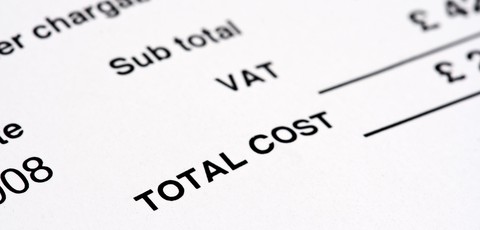From 1st April 2012, with very few exceptions, all businesses must submit their VAT returns electronically, and pay any VAT liabilities due online.

Since April 2010, any newly registered businesses have had to submit their VAT returns online, together with any established businesses that turned over £100,000 or more.
Now, all VAT registered businesses, regardless of the date of registration, or amount of turnover, must now account for VAT entirely online.
How to take your VAT online
Given the rapid pace of online software innovation, it is unsurprising that HMRC (and other Government agencies) are moving more and more services online. There are significant time savings to be had for both businesses and HMRC, and the likelihood of VAT errors is also reduced due to automatic checks carried out when you submit a VAT return. The service is also secure, and obviously far faster than posting your green quarterly return with a cheque.
If you have not already done so, you will need to sign up for VAT online services (if your accountant has not already done so) – this will enable you to submit your returns direct via the HMRC site, or using third party accounting software (such as FreeAgent).
You can either pay your VAT liabilities via online banking, Direct Debit, or telephone banking. The Direct Debit option is a sensible one, as you will not need to remember to pay your bill each quarter (although you must still remember to submit your return on time!)
The only way your business could be made exempt from filing VAT returns electronically is if you’re subject to an insolvency procedure, or if you’re a member of a religious society “whose beliefs prevent you from using computers”!
From 1st April 2012, the VAT registration threshold rises from £73,000 to £77,000. If your turnover over the preceding 12 months exceeded £77,000, or you expect to turnover £77,000 or more in the next 30 days alone, you must register for VAT. The deregistration threshold also rises from £71,000 to £77,000.
Further Information
For more information, read this HMRC guide to moving from paper to online VAT filing.
Try our guide to registering your company for VAT.


Follow Company Bug